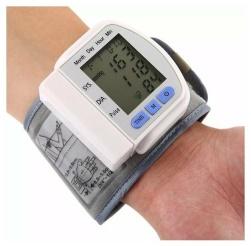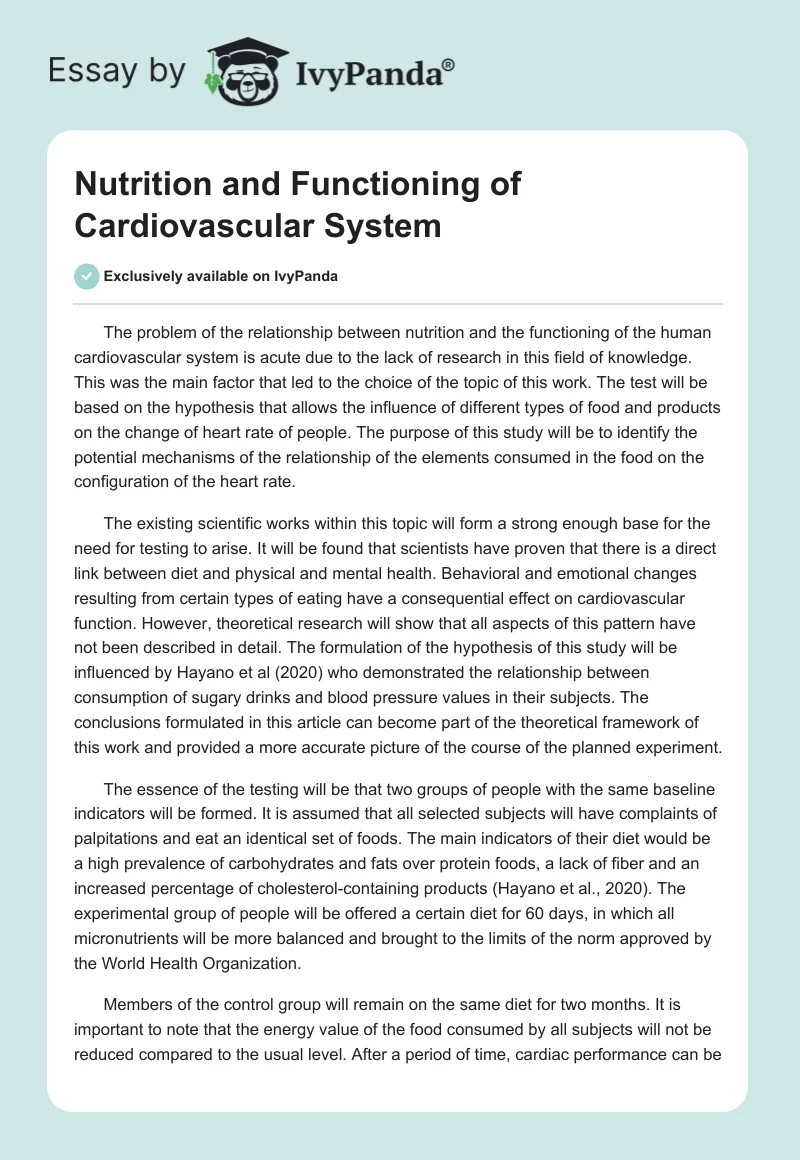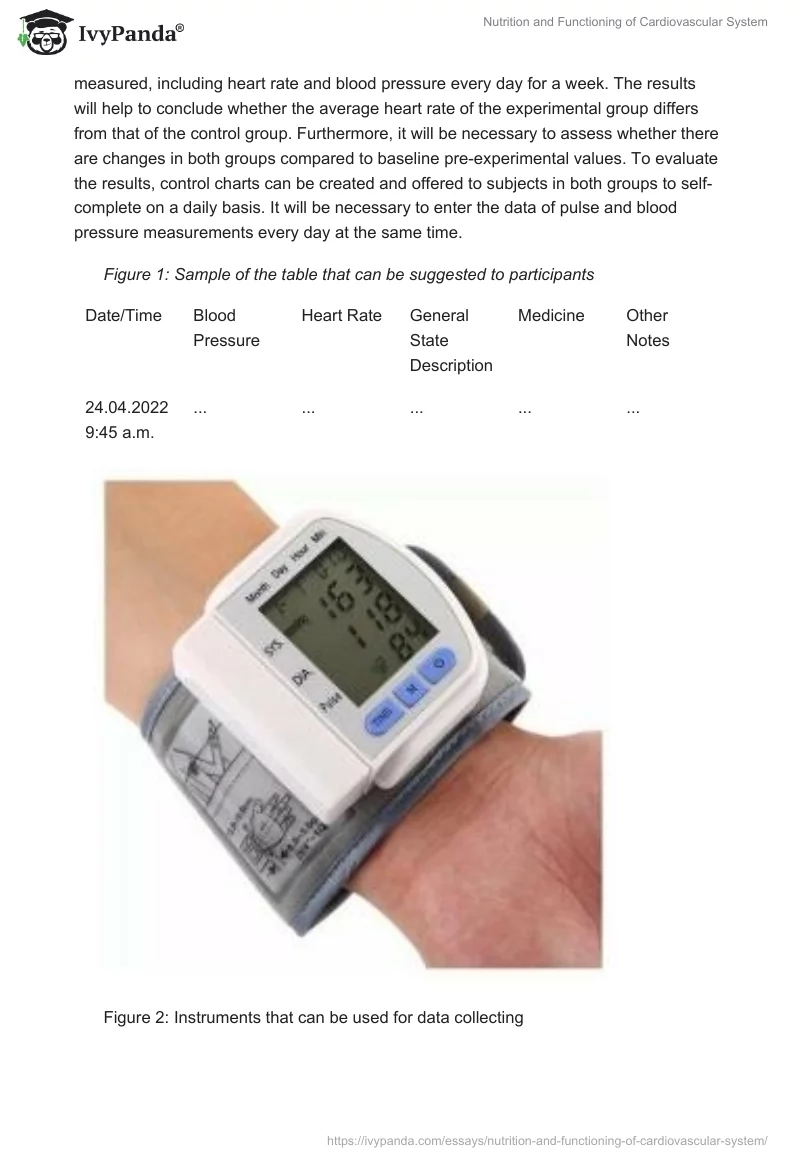The problem of the relationship between nutrition and the functioning of the human cardiovascular system is acute due to the lack of research in this field of knowledge. This was the main factor that led to the choice of the topic of this work. The test will be based on the hypothesis that allows the influence of different types of food and products on the change of heart rate of people. The purpose of this study will be to identify the potential mechanisms of the relationship of the elements consumed in the food on the configuration of the heart rate.
The existing scientific works within this topic will form a strong enough base for the need for testing to arise. It will be found that scientists have proven that there is a direct link between diet and physical and mental health. Behavioral and emotional changes resulting from certain types of eating have a consequential effect on cardiovascular function. However, theoretical research will show that all aspects of this pattern have not been described in detail. The formulation of the hypothesis of this study will be influenced by Hayano et al (2020) who demonstrated the relationship between consumption of sugary drinks and blood pressure values in their subjects. The conclusions formulated in this article can become part of the theoretical framework of this work and provided a more accurate picture of the course of the planned experiment.
The essence of the testing will be that two groups of people with the same baseline indicators will be formed. It is assumed that all selected subjects will have complaints of palpitations and eat an identical set of foods. The main indicators of their diet would be a high prevalence of carbohydrates and fats over protein foods, a lack of fiber and an increased percentage of cholesterol-containing products (Hayano et al., 2020). The experimental group of people will be offered a certain diet for 60 days, in which all micronutrients will be more balanced and brought to the limits of the norm approved by the World Health Organization.
Members of the control group will remain on the same diet for two months. It is important to note that the energy value of the food consumed by all subjects will not be reduced compared to the usual level. After a period of time, cardiac performance can be measured, including heart rate and blood pressure every day for a week. The results will help to conclude whether the average heart rate of the experimental group differs from that of the control group. Furthermore, it will be necessary to assess whether there are changes in both groups compared to baseline pre-experimental values. To evaluate the results, control charts can be created and offered to subjects in both groups to self-complete on a daily basis. It will be necessary to enter the data of pulse and blood pressure measurements every day at the same time.
Figure 1: Sample of the table that can be suggested to participants

A prerequisite of the experiment will be the conduct of a detailed briefing on the timing and rules of taking readings. It will be important to ensure that all subjects live in approximately the same conditions and have a satisfactory general state of health. To evaluate the results, control charts will be created and offered to subjects in both groups to self-complete on a daily basis. It would be necessary to enter the data of pulse and blood pressure measurements every day at the same time.
Reference
Hayano, J., Kisohara, M., Ueda, N., & Yuda, E. (2020). Impact of heart rate fragmentation on the assessment of heart rate variability. Applied Sciences, 10(9), 3314. Web.


